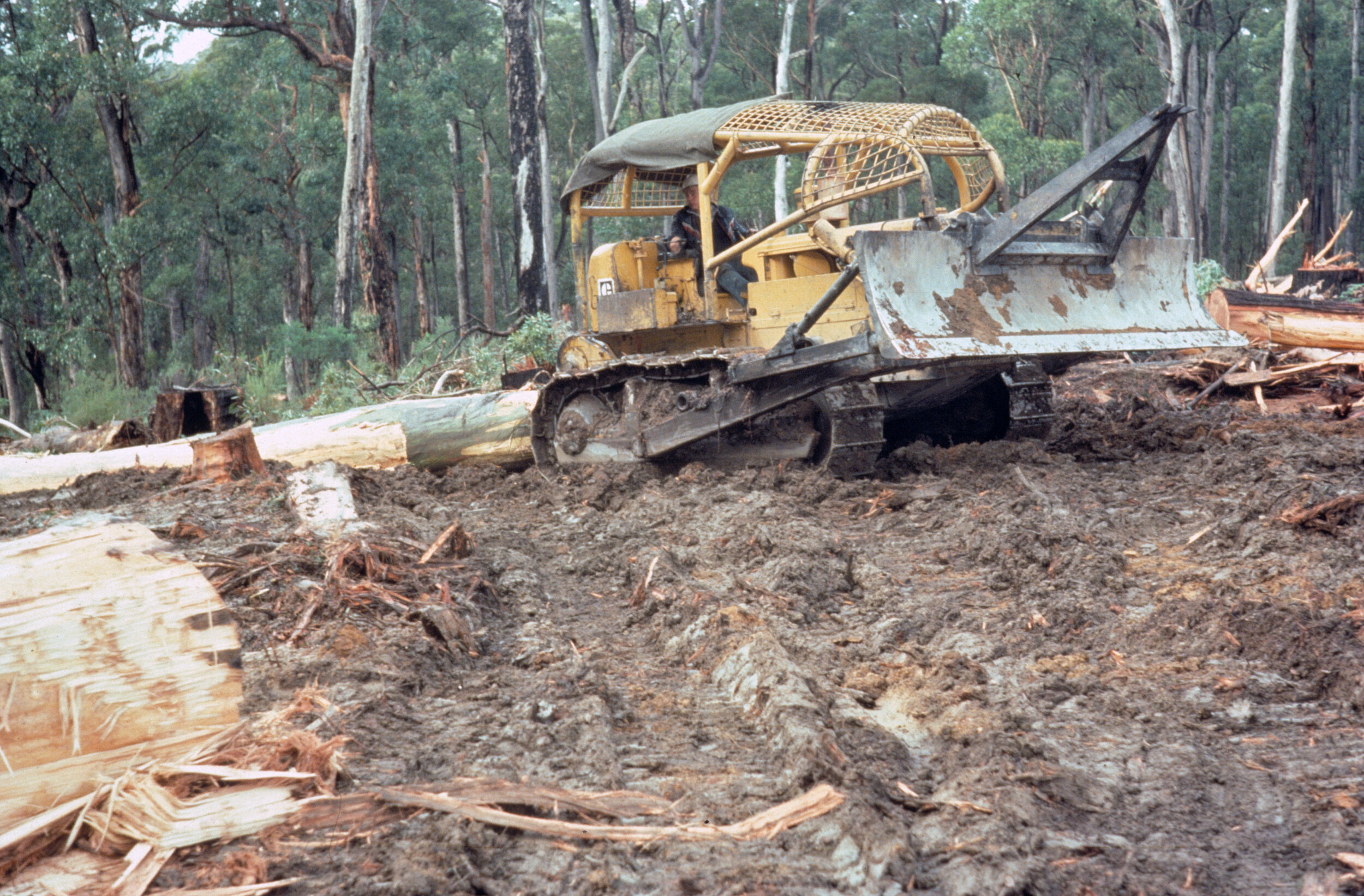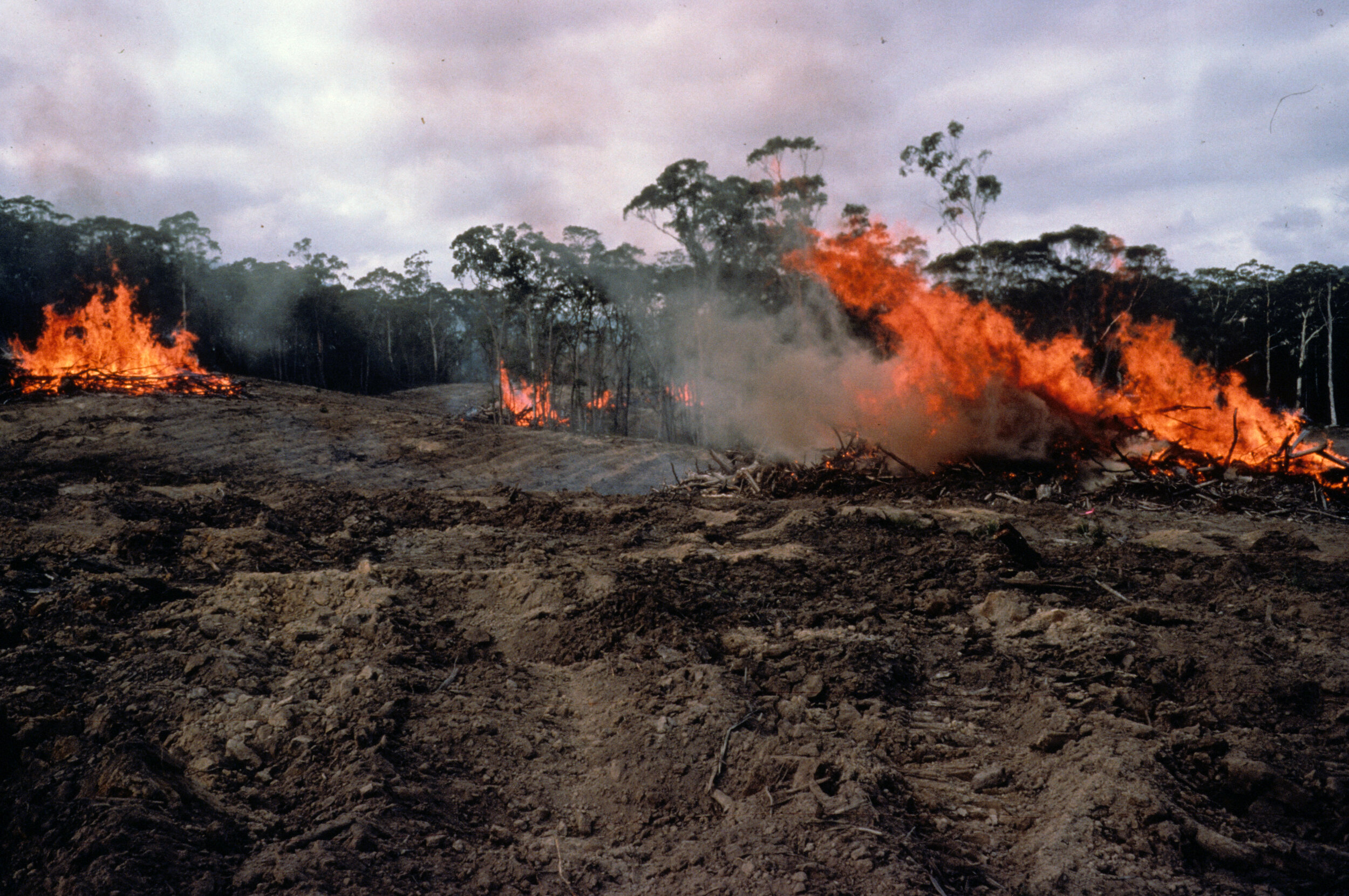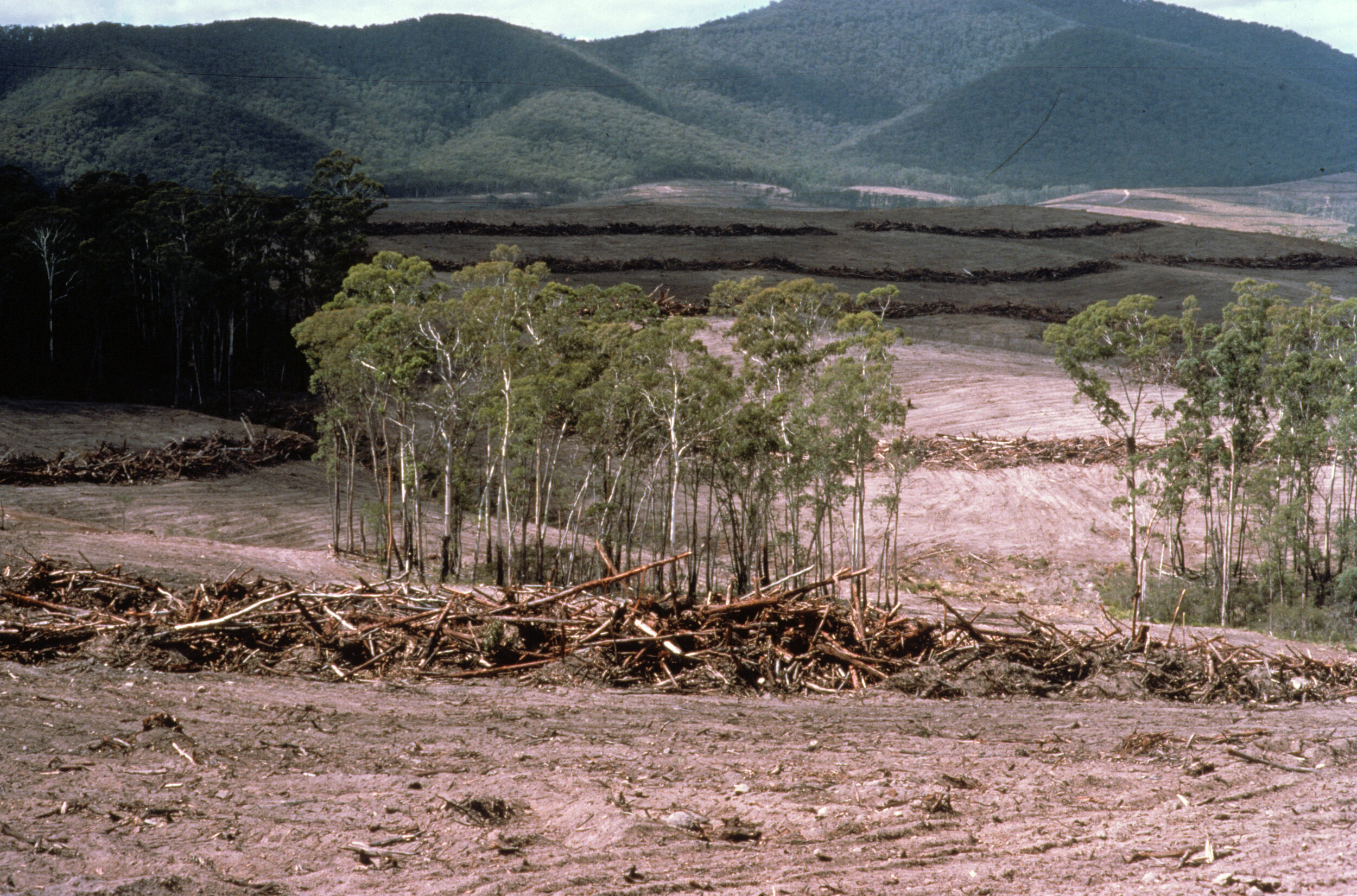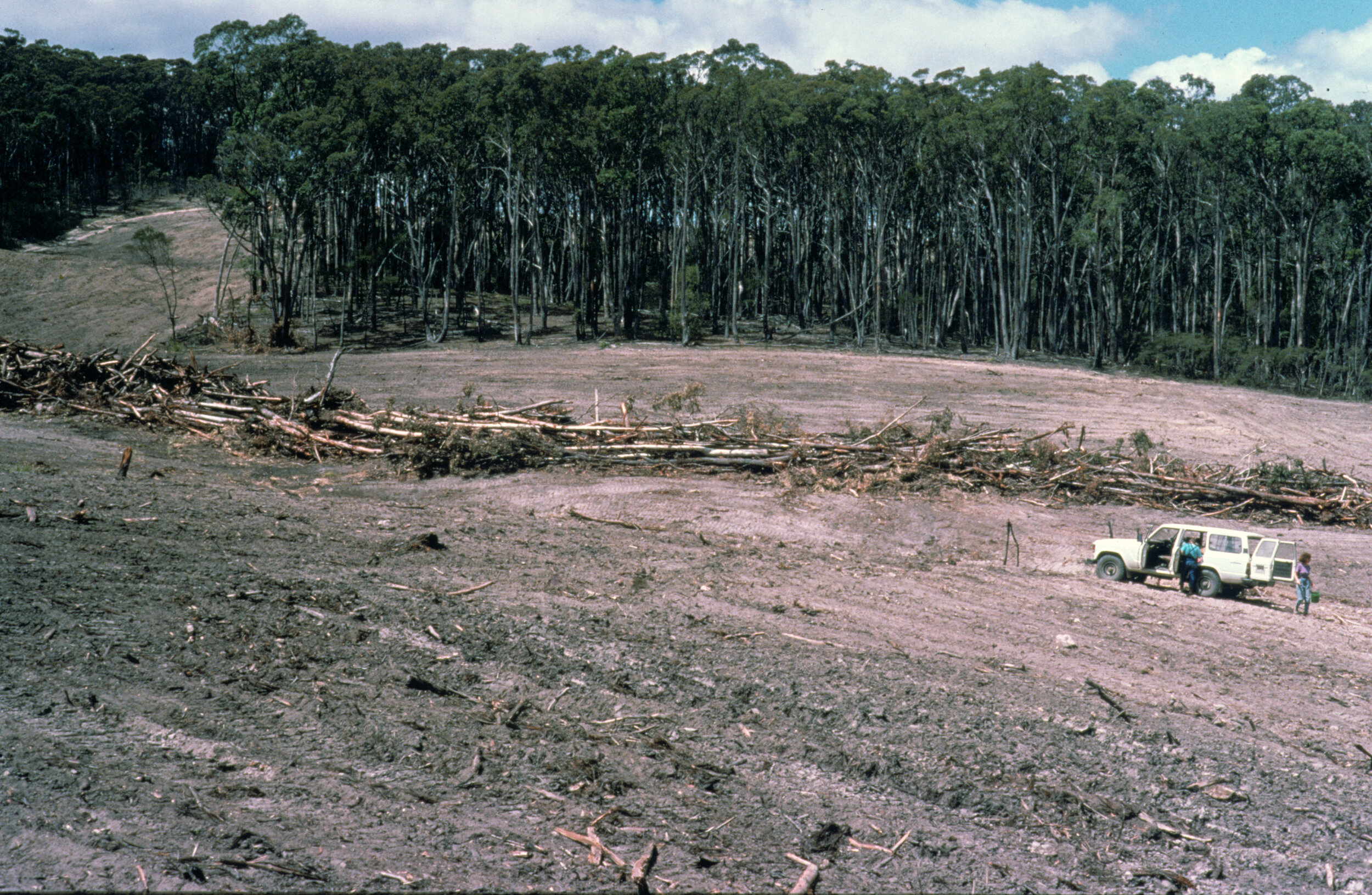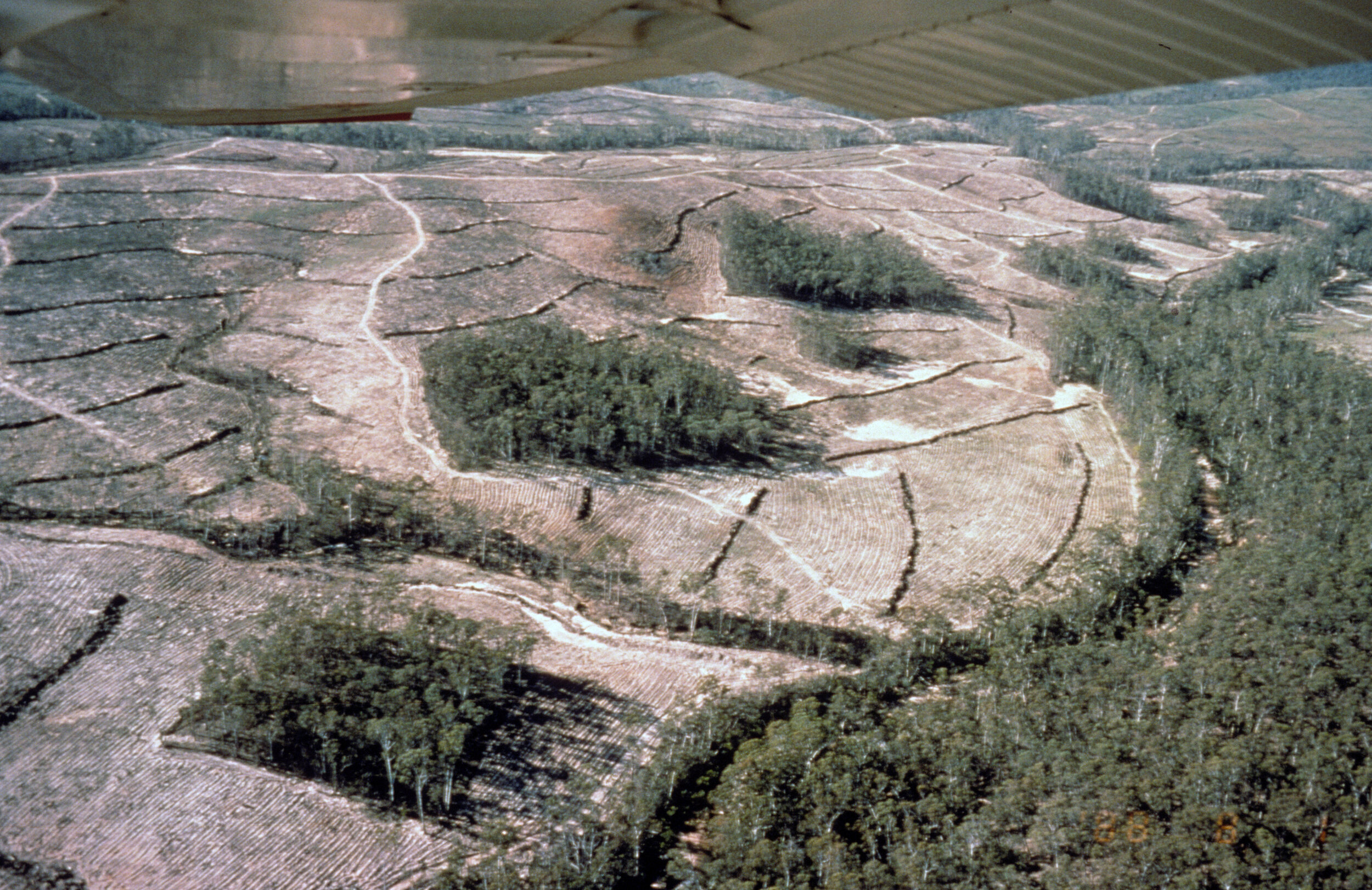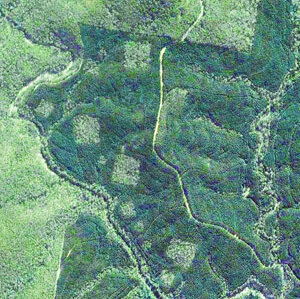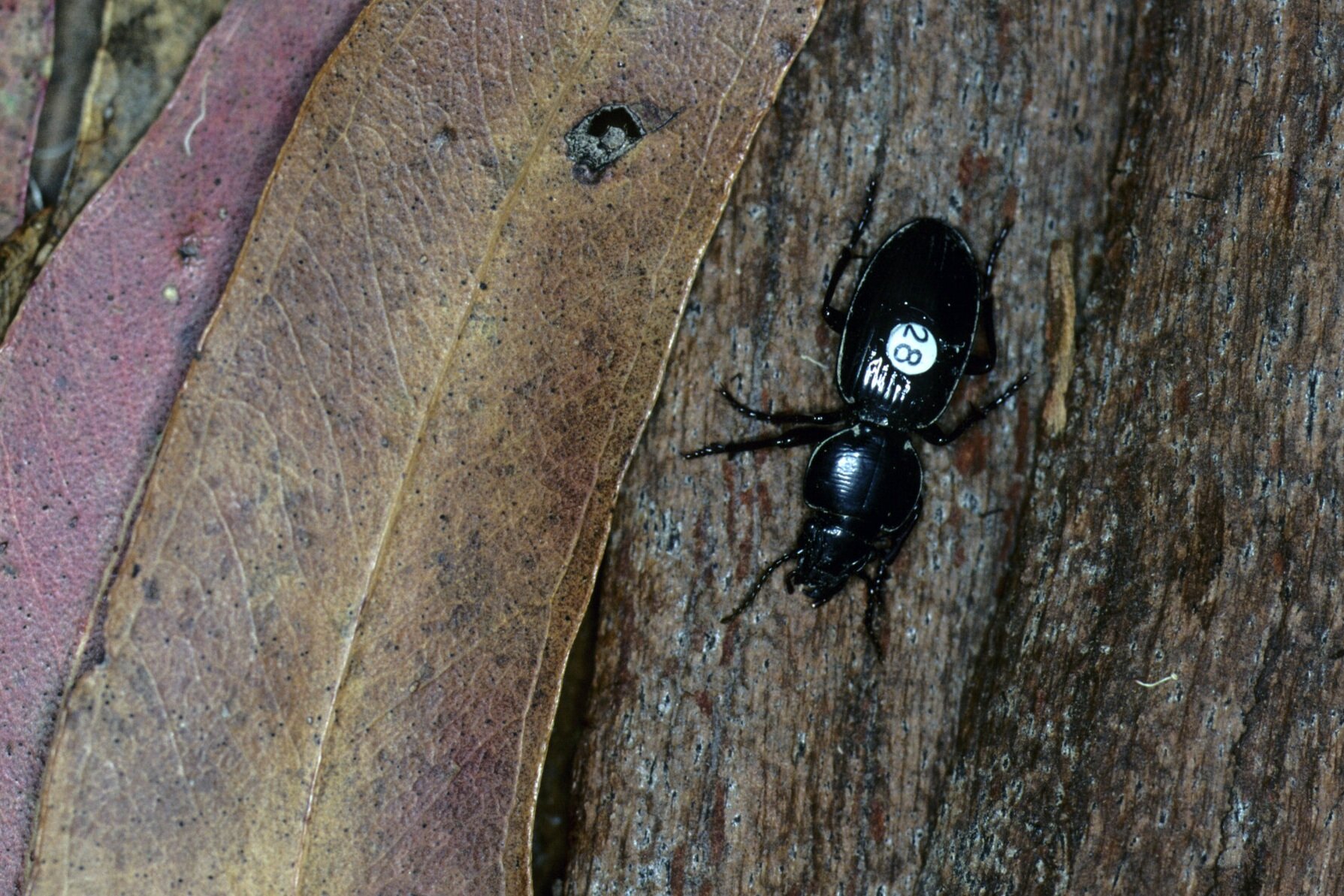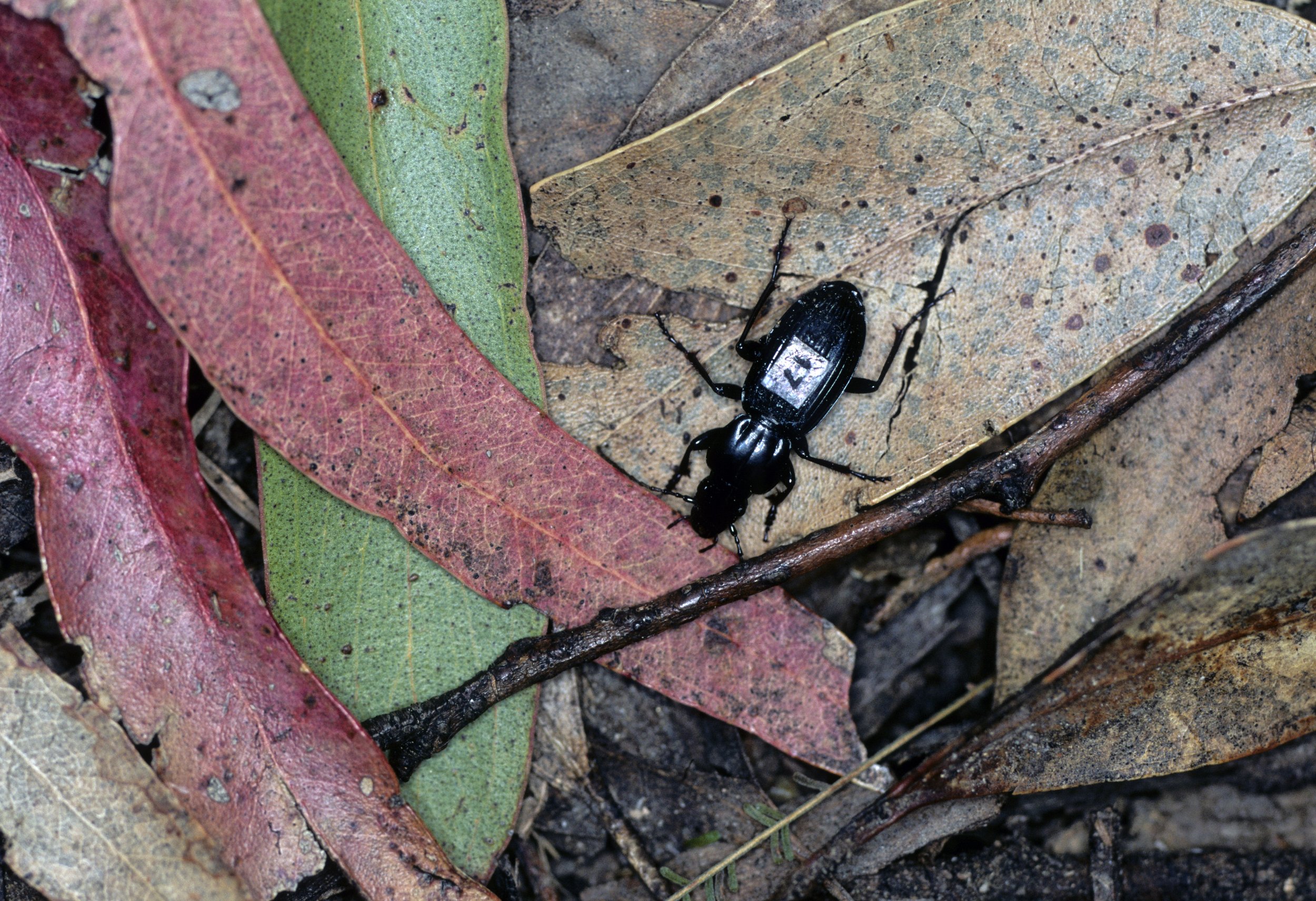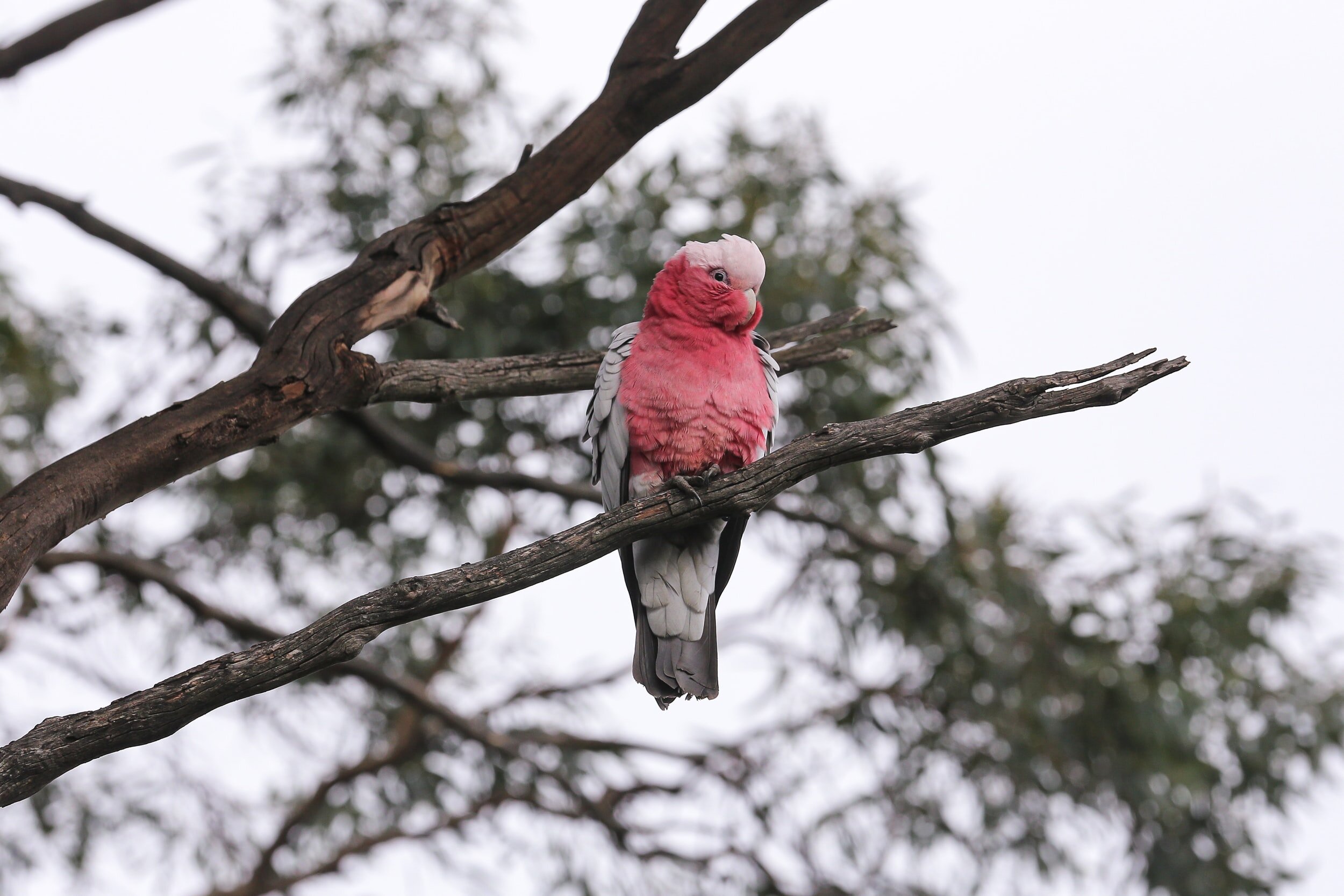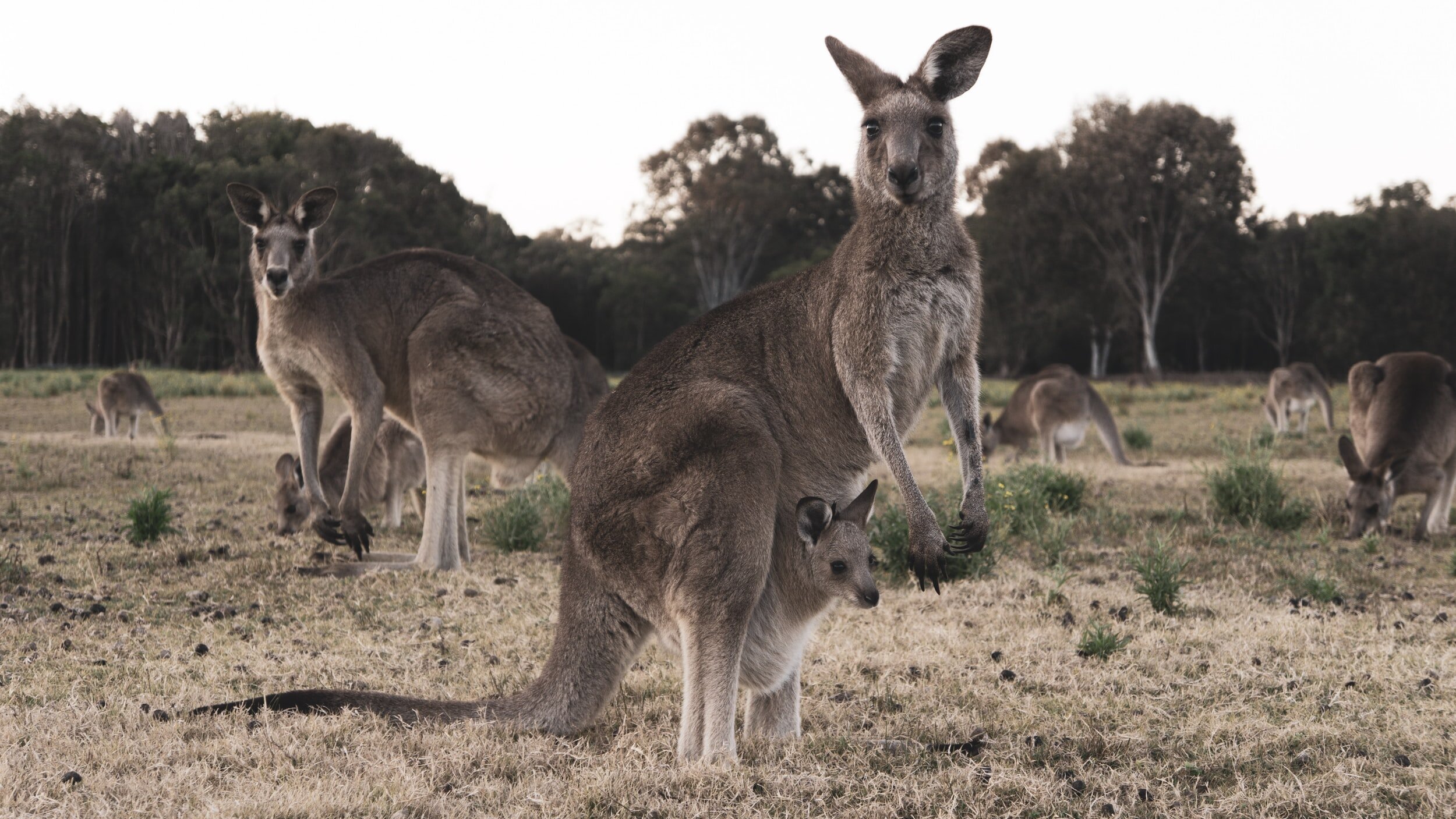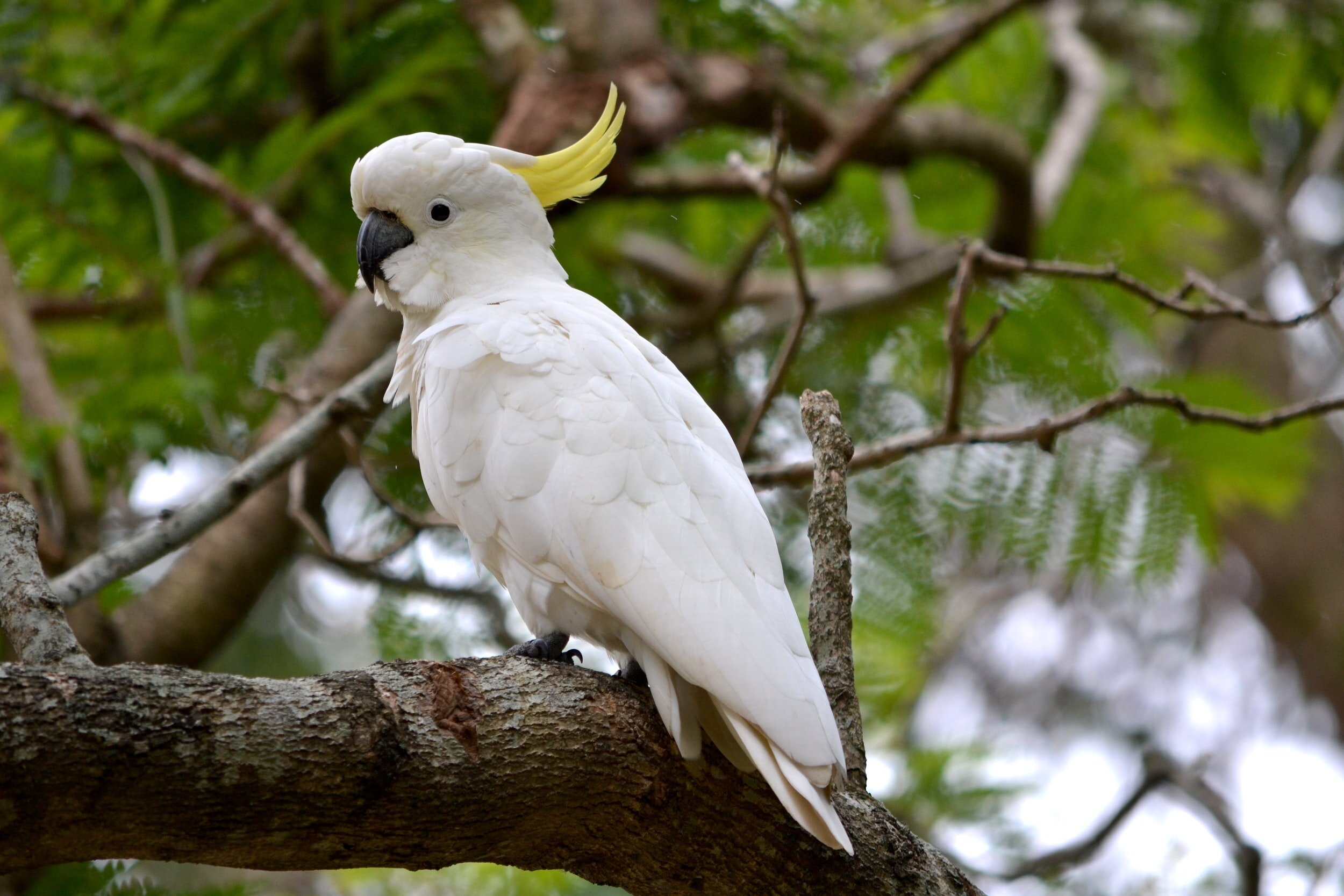
once upon a time, there was a eucalyptus forest That became one of the most important fragmentation experiments in the world.
In the 1980s, a eucalyptus forest in southeastern Australia was marked for clearcutting. Scientists used the clearcut as an opportunity to study how species respond to landscape change.
These CSIRO scientists designed forest “islands” to be left in the sea of clearcut, marking the beginning of the Wog Wog Fragmentation Experiment. The clearcut was planted as a pine crop and has been managed by NSW Forestry Corporation.
Today, the Wog Wog Fragmentation experiment is one of the largest and longest-running forest fragmentation studies globally.
We study the impacts of forest fragmentation on biodiversity.
We maintain a network of pitfall traps to see how invertebrates, particularly beetles, have crashed and recovered after the initial fragmentation event. We also study the tree community and understory. Over 1,000 beetle species have been identified at Wog Wog.
Recently, the Wog Wog experiment burned at high intensity in the 2019-2020 Australian megafires.
The fires provided a rare but crucial opportunity to understand the impacts of multiple disturbances on biodiversity in an experimental setting.
Through the years
our current work focuses on the effects of recent megafires, including
01.
Does climate-driven megafire lead to greater loss of biodiversity in fragmented landscapes?
02.
Do species at risk from fragmentation finally go extinct from megafire, and do traits predict which
species?
03.
What mechanisms cause biodiversity change from long-term fragmentation combined with megafire?
What we’ve discovered so far
Species’ short-term responses to fragmentation do not predict their long-term responses. But species traits do predict long-term negative impacts.
Species’ responses just after fragmentation did not predict their responses in the third decade after fragmentation. But a core group of species that declined after fragmentation never recovered, even through the third decade. These species are at the greatest risk of extinction in this landscape and might become locally extinct with further disturbance. They are species that are naturally rare, are predators (at the top of foodwebs), and are isolated on fragments. Before the megafire, we did not detect any local extinctions, but are now in the process of documenting which species were lost after the megafire. Did we lose these at-risk species in forest fragments?
The dynamic matrix predicts species' responses
The matrix is the human-made habitat, the pine plantation, surrounding the forest fragments. Over three decades of forest fragmentation, how a species responded to matrix habitat predicted its response in fragments. We found that if a species did well in the matrix, it also did well in fragments (compared to control habitat). The matrix influences a species' persistence in fragments by isolating a species (or not) and changing the abiotic conditions of fragments, especially at edges. At Wog Wog, the matrix habitat is a pine tree crop, which is dynamic, so its impact on species changes over time as the pine crop grows from seedlings to mature trees.
See results for carabid beetles, amphipods, the whole beetle community.
Forest fragmentation caused changes in species composition but, in the long term, biodiversity did not decline, and there was no evidence of food web breakdown
How beetle species composition changed over three decades.
There was no reduction in biodiversity in the whole beetle community and carabid beetles in decade one and decade three.
There was no evidence of food web collapse or trophic downgrading from isotope studies of three generalist predators over three decades: Study 1. Study 2. Study 3.
Also:
Changes in the occurrence of species in fragments negatively impacted species dependent on multiple other species. For example, a multi-host intestinal parasite all but disappeared from fragments over three decades. Study 1. Study 2.
Edge effects in the first decade of the experiment caused declines in a skink’s body size.
For trees, in the first decade there was higher tree mortality at fragment edges than in fragment cores or continuous forest. There was also greater tree productivity at edges as trees were released from competition for light. These differences had evened out by the third decade of the experiment.
Iconic funnel-web spiders were not impacted by fragmentation.
Megafire and fragmentation reduced biodiversity
Megafire reduced carabid beetle biodiversity in forest fragments and the matrix but biodiversity in continuous forest was not impacted. Further, fire caused changes in carabid species composition in both fragments, matrix and continuous forest so that it was different from species composition in any of the previous 35 years, but was most like composition just after forest fragmentation in 1987. After fire, large, wingless species became rare, and small, winged species became abundant.
In ants and funnel-web spiders, species with underground burrows were not impacted, but those that live on the forest floor declined.
Megafire caused higher tree mortality at fragment cores than fragment edges or continuous forest
Tree mortality was highest in fragment cores (~90 %) compared to edges (~40 %) or continuous forest (~35 %). The cores of medium and large fragments were drier and more stressed before the fire (from satellite NDVI) from years of hot, dry summers leading up to the megafires. Fragment edges and small fragments were protected by pine matrix trees that overtopped and shaded the edges of fragments. Both fire severity and tree mortality were higher in parts of the landscape with higher fuel loads.

Why this work matters
Are THe Impacts of fragmentation and climate change, together, greater thaN the sum of their individual impacts?
We want to understand how these forces affect biodiversity, in combination, to better understand threats to ecosystems and life on earth.



